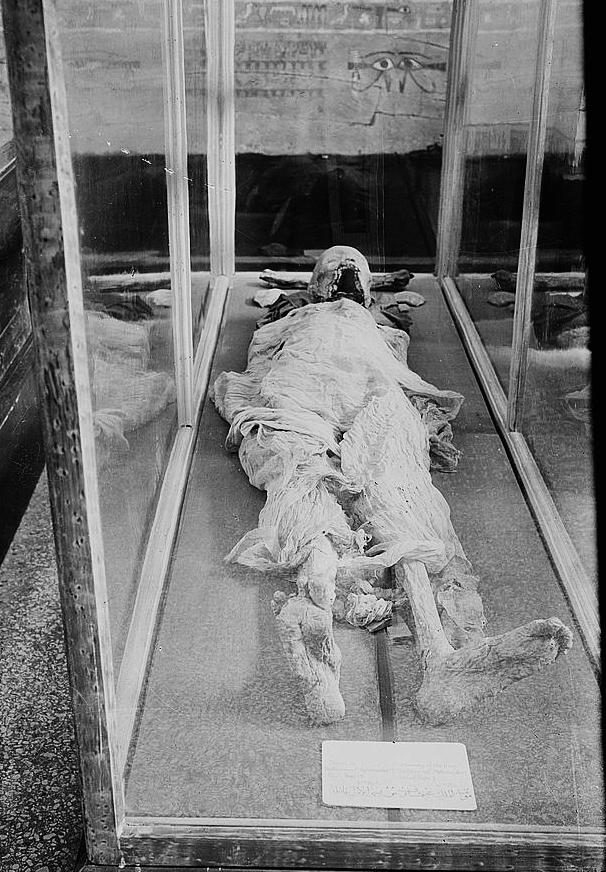
Art history has shown us that artists were willing to use a wide variety of strange pigments for their paints. One of those pigments came from the ground up bodies of ancient Egyptians, known as Mummy Brown. From the 16th to the 20th century, mummy paint was made and sold in the art community until the last bit of mummy was ground up in 1964.

The History of Mummy Brown
What would it be like to make paintings with the ground up bodies of ancient Egyptians? While it sounds like something that comes out of a horror story, it did happen. Not so long ago, paint factories made this mummy paint called Mummy Brown from ancient Egyptian mummies.
The mummies were bought, whole or in parts, from mummy dealers in big cities, such as Paris, France. The dealers got most of their mummies from out of Thebes and Memphis. Mummies that weren’t suitable for selling to collectors or museums were sold by the pound to the paint factories and other industries.
There were quite a few tricks to the trade when buying mummies for paint making. For example, no reputable paint factory would buy their mummies already ground up because of the real possibility that the powder contained filler ingredients, like dirt, to bring in a higher profit. Also, not all mummies were ancient. To keep up with the demand for mummies, merchants in Egypt would take the recent dead, cover them in bitumen, and set the bodies out in the hot, desert sun to dry up. These fakes were sold off as the real thing.
After the mummies were purchased, they were taken to the factory where the workers would strip the mummies of their linen wrapping. The bodies, bones and all, would be ground up on a stone slab into a fine powder. This powder was then mixed with poppy oil, put into tin tubes, and sold to artists.
In 1903, one paint factory stated that one mummy was enough to give their buyers two years’ worth of paint. The brown color created by the ground up dead bodies was often used to paint brown hair in portrait paintings. It was also used for painting flesh tones and for shading.
There has been much dispute over the quality of mummy paint. While it has been used since the 16th century by artists, it gained in popularity in the 19th century when anything even remotely related to mummies or ancient Egypt was trendy. A few artists, or at least the makers of the paint, claimed that the mummies made a unique brown. More than a few artists claimed they were dissatisfied with the quality and texture of the paint.
The main problem with mummy paint was that an artist could never be certain on the color or quality of the paint because each batch of paint, each ground up body, produced different shades and possessed different qualities. In fact, the paint appears to have been so unpopular that the last batch of mummy paint was made in 1964, using the remaining mummies parts that had been set aside for grinding into this gruesome paint.
Since the Egyptian government no longer allows people to come in and take away their heritage, there is unlikely to be any sort of revival for this paint. Aside from the damage mummy paint makers were doing to the rich history of Egypt, many artists found the idea of painting with ground up humans to be distasteful.
These days, mummy paint is as extinct as the ancient Egyptian pharaohs.

